Sasquatch warns viewers to stay out of the woods—but not for the reason you’d think


Let’s get this out of the way first: If you watch Sasquatch hoping for a lighthearted look at the eccentric world of Bigfoot hunters, you’re going to be disappointed. Maybe 30 minutes of this brisk three-hour docuseries is devoted to the legendary “wild man” of the Pacific Northwest, and a good chunk of that discusses Sasquatch as a symbol rather than a living, breathing, almost indescribably smelly entity. Yes, it’s “perhaps we humans were the real monsters after all” kind of stuff. But even if Bigfoot isn’t out there waiting to tear your limbs from your torso, you still shouldn’t go clomping around in the ancient redwood forests of Northern California’s Emerald Triangle.
The California explored in this series is worlds away from Los Angeles or San Francisco, a deep rural area where the uninitiated can easily get lost and you’re more likely to run into a white supremacist with an AR-15 than a bike messenger or a wine bar. The black-market marijuana trade is the primary source of income for the small, scattered communities that live in the Emerald Triangle, and visitors—especially documentarians with video cameras—are very much not welcome. That’s where David Holthouse, an investigative journalist who looks like Metalocalypse’s Nathan Explosion and talks like a surfer dude crossed with a homicide detective, comes in.
Holthouse, to be blunt, has seen some shit—so much so, that the time he was working on a pot farm in Mendocino County where three men were supposedly murdered by a Sasquatch isn’t even among his top five cocktail party stories. But the incident has stuck with him, for obvious reasons. So more than 25 years later, Holthouse decides to find out what actually happened on the mountain that night, with series director Joshua Rofé as his unseen partner in the investigation. In contrast to Rofé’s humanizing 2019 docuseries Lorena, however, the three men at the center of the story remain little more than question marks throughout.
So, for that matter, does the man who killed them. The alleged killer’s name is apparently common knowledge in the area where the murders took place, but Sasquatch beeps it out every time it’s spoken, presumably because tall tales told at late-night diners do not bear the burden of proof required to formally accuse someone of triple homicide on a global streaming service. Several witnesses refuse to appear on camera, so we only hear their heavily modulated voices; several more have their faces and bodies pixelated, appearing as blurry monoliths with human hands. With this in mind, the animation that appears throughout the series serves a narrative purpose as well as an aesthetic one: Bringing the encounters Holthouse deems too risky to record, even with hidden cameras, to life.
The shadiness of the characters in Sasquatch gives what feels like real stakes to Holthouse’s research, but it also leaves Rofé few details to work with. As a result, the same facts are re-stated over and over again, and new ones are doled out piecemeal. The gaps in the murder investigation are filled with backstory on the drug culture in the Emerald Triangle, which transformed from back-to-the-land communes to hard drugs and hardened career criminals in the wake of government raids by heavily militarized DEA agents in the early ’90s. And if you think legalization would have cleared that up, you’d be wrong—if anything, things are worse now than they were before. Sasquatch also builds on 2018’s Murder Mountain by exploring the racism among white cannabis growers that leaves Latin American migrants in the area especially vulnerable to violence; as it turns out, it’s not a coincidence that the three dead men in Holthouse’s tale were all from Mexico.
Sasquatch ends on a note of eerie ambiguity, before putting a button on the tale that doesn’t exactly recontextualize it, but does clear up a few lingering questions. The overwhelming impression left by the series is one of bad actors and bad vibes, both of which have haunted the Emerald Triangle since white men first invaded the area during the California Gold Rush in the 1850s. With that in mind, it’s kind of ironic that Hulu is releasing the series on 4/20; you could watch this series high, but, again, if it’s a light, silly watch you’re looking for, this isn’t it. But although it’s frustrating that Sasquatch is simply a metaphor in this docuseries, it is an appropriate one, given that the players in this story are all as elusive as the big hairy guy himself.